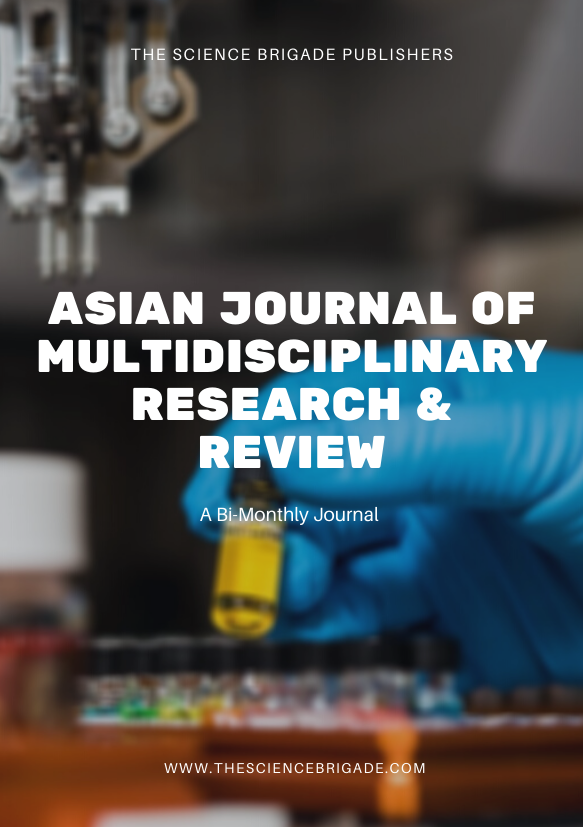“Actus non facit reum nisi mens sit rea” – an act is not an offence unless done with a guilty mind. This is the core principle of criminal law. However, given how dynamic society and crime can be, one blanket rule cannot cover all offenses. Certain acts are inherently so wrong or of such character that there is a strong presumption that whoever did them must have intended the outcome. To address such acts, the doctrine of strict liability was formulated. Strict liability offences are acts that do not require proof of the element of mens rea. “A strict-liability doctrine is a rule of criminal responsibility that authorizes the conviction of a morally innocent person for violation of an offense, even though the crime, by definition, requires proof of a mens rea[i].” Is it worth having such an exception in criminal law and whether the aforementioned legal maxim is violated by the doctrine of strict liability? This essay tries to address these questions.
[i] Epstein, Richard A. “A Theory of Strict Liability.” The Journal of Legal Studies 2, no. 1 (1973):. http://www.jstor.org/stable/724030.






